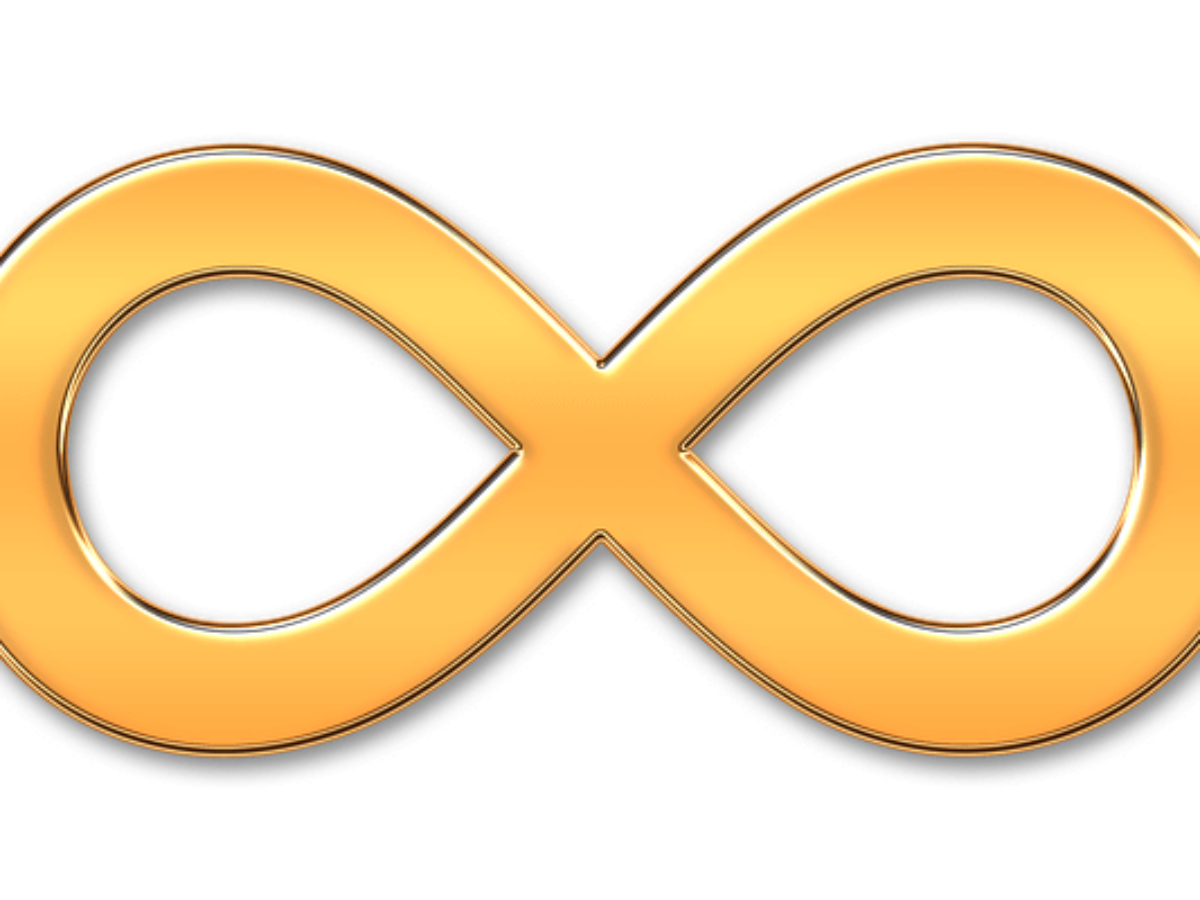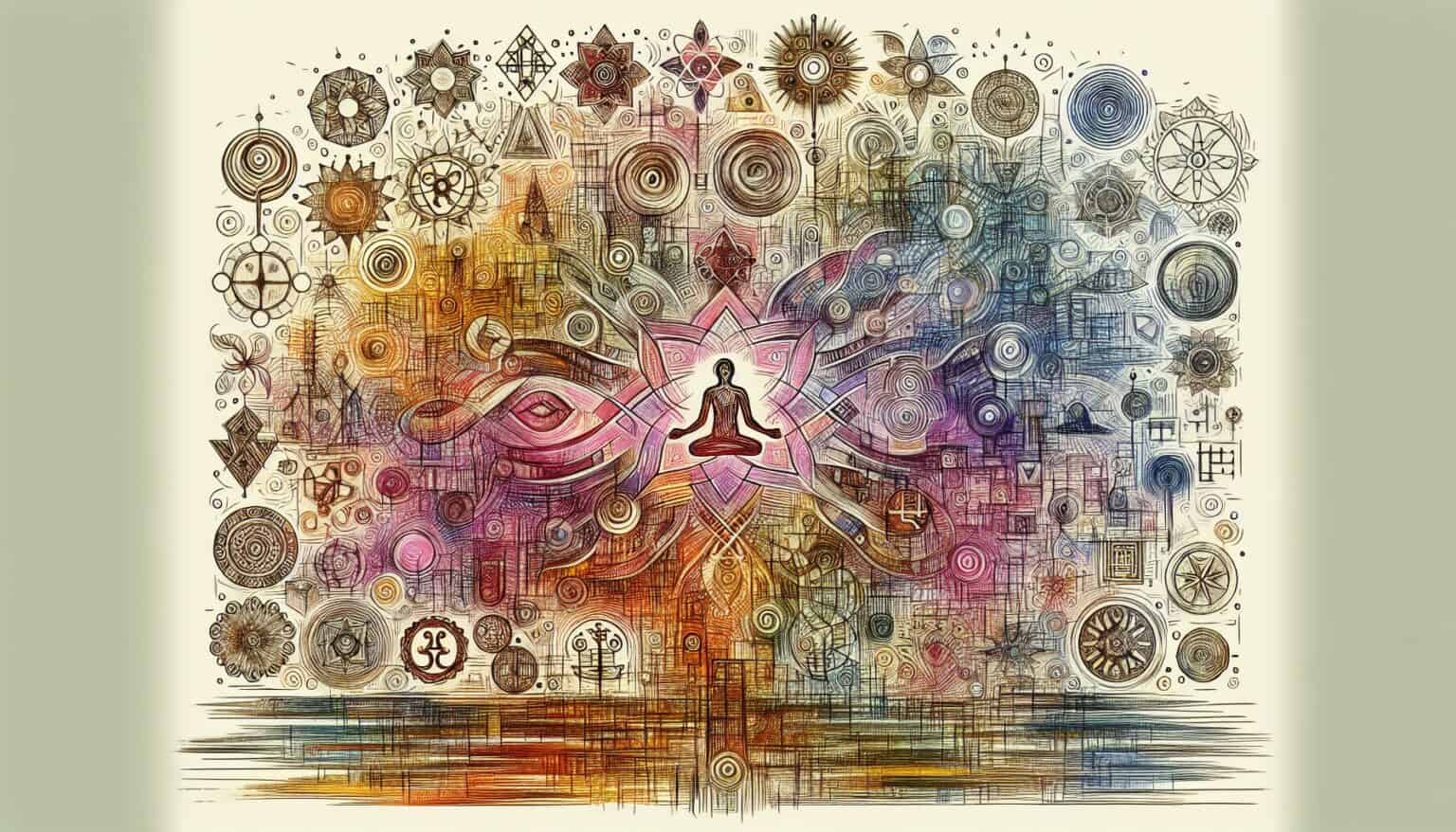What The Meaning Of This Symbol: Uncovering Hidden Messages In Our World
Have you ever stopped to look at a sign, a picture, or even a simple hand motion and thought, "What the meaning of this symbol?" It's a common feeling, you know, that little spark of curiosity when something isn't immediately clear. Our world is full of these visual cues, and understanding them can truly make a big difference in how we see things, as a matter of fact.
From ancient carvings to the latest emojis, symbols are everywhere, honestly. They are like secret codes, waiting for us to figure them out. Sometimes, a symbol might seem simple, but it could carry a lot of history or a deep message, too it's almost a little surprising.
This article will help you get better at figuring out these silent messages. We'll look at how meaning works, why symbols can be tricky, and give you some good ways to approach them. So, you'll feel more confident next time you ask yourself, "what the meaning of this symbol?"
- Whats Jon Gruden Doing Now
- In The Clerb We All Fam
- Moth Grow A Garden
- Help I Accidentally Summoned Mahoraga
- Whispers Of Manifestation On Borlest
Table of Contents
- The Heart of Meaning: What Is It, Really?
- Literal vs. The Bigger Picture
- Finding Definitions: Your Trusted Guides
- Why Symbols Have Different Meanings
- How to Interpret Symbols: Your Personal Guide
- Frequently Asked Questions About Symbol Meaning
The Heart of Meaning: What Is It, Really?
Before we can truly figure out what the meaning of this symbol is, it's pretty useful to think about what "meaning" even means, you know. It's not always a straightforward thing. A symbol, a word, or even a little wave of your hand, it all carries some sort of idea or message, obviously.
Words, Gestures, and Ideas
When we talk about the meaning of a word, an expression, or a gesture, we're really talking about the idea it points to or stands for. This idea, in turn, can be explained using other words, for instance. It's like a chain of connections, each link helping us get closer to the core message, that.
So, a symbol, in a way, is a shortcut to an idea. It lets us share complex thoughts without needing a whole lot of words. Think about a simple thumbs-up; it means something specific without any talking, right?
- Shut Up In Spanish
- How To Get Nail Glue Off Skin
- Chris Jones 40 Yard Dash
- Lily Phillips 101 Challenge Video
- Caitlin Clark Rookie Card
The Role of Stress and Intonation
It's not just about the words themselves, though. The meaning of a sentence often depends on stress and intonation. How you say something can completely change what you mean, literally. A raised eyebrow or a change in your voice can add a whole new layer to your message, you know.
This shows us that meaning isn't just fixed. It's a bit fluid, like water. The way we present a symbol or a word can really shape how others take it in, so. This is why asking "what the meaning of this symbol?" is such a good question.
Literal vs. The Bigger Picture
Sometimes, we look for the most basic, direct meaning of something. That's the literal meaning. But often, there's more to it than just that first idea. Symbols can have layers, kind of like an onion, as a matter of fact.
Seeing from a Distance: The Television Story
Take the word 'television,' for example. The literal meaning of 'television' is 'seeing from a distance.' If you break down the parts of the word, that's what you get. It's a very clear and direct explanation of what the device does, in a way.
But when you say 'television' today, you're probably thinking about shows, news, and entertainment, aren't you? The literal meaning is still there, but the word has grown to mean much more. This shows how symbols and words can take on bigger ideas over time, you know.
When Distinctions Are Tricky
It's sometimes very difficult to draw a clear distinction between these different layers of meaning, actually. Where does the literal end and the broader idea begin? It can get a bit blurry. This is why a simple symbol might puzzle us, because we're looking for one meaning when there might be several, pretty much.
For instance, a heart shape literally represents the organ, but it's almost universally understood to mean love or affection, isn't it? The challenge is figuring out which meaning is intended in a given situation, so. That's a big part of asking "what the meaning of this symbol?"
Finding Definitions: Your Trusted Guides
When you're trying to figure out what the meaning of this symbol is, a good definition can be your best friend. Definitions help us pin down those tricky ideas and make them clear. They give us a starting point, basically.
The Power of Dictionaries
Dictionaries are amazing tools for this. The definition of meaning noun in Oxford Advanced Learner's Dictionary, for instance, gives you all sorts of details. It offers the idea represented by a word or phrase, and even the idea a person wants to express with words or signs, you know.
A dictionary is a reference source, in print or on a screen, that lists words usually in alphabetical order. It gives you information about their forms, pronunciations, and, most importantly, their meanings. It’s a bit like a map for language, actually. You can learn more about the Oxford English Dictionary (OED) here, which is a really thorough resource, as a matter of fact.
These resources offer meaning, pronunciation, pictures, example sentences, grammar notes, usage tips, synonyms, and more. All these bits of information help paint a full picture of what a word or symbol might represent, that. It’s incredibly helpful when you’re trying to sort things out.
Making Things Clear: The Act of Defining
The act of defining is all about making something definite, distinct, or clear. It's about setting boundaries around an idea so everyone can understand it the same way. Sometimes, we need a better definition of things, like responsibilities in a team, for instance.
A formal statement of the meaning or significance of a word, phrase, or idiom is what a definition really is. It’s a careful explanation designed to remove confusion. So, when you ask "what the meaning of this symbol?", you're really looking for a good definition, aren't you?
Why Symbols Have Different Meanings
It can feel a bit confusing when the same symbol means different things to different people or in different places, you know. But this happens a lot. Think about a simple gesture, like a nod. In some cultures, it means "yes," but in others, it could mean "no" or even something else entirely, literally.
This difference comes from culture, history, and even how people decide to use a symbol over time. A symbol's meaning isn't always set in stone. It can grow and change, like a living thing, in a way. This is why context is so important when you're trying to figure out what the meaning of this symbol is, actually.
For example, a specific color might represent sadness in one part of the world, but happiness in another. This shows how our shared experiences shape the ideas we connect to symbols, pretty much. It's a fascinating part of how we communicate, you know.
How to Interpret Symbols: Your Personal Guide
So, when you next encounter something and wonder, "what the meaning of this symbol?", here are some practical steps you can take. These ideas will help you get a clearer picture, so you'll feel more confident in your understanding, basically.
Look at the Surroundings (Context): Where do you see the symbol? Is it in a book, on a road sign, in a piece of art, or on a digital screen? The place it appears gives you huge clues, you know. A symbol on a map means something different from the same symbol in a spiritual text, for instance.
Think About Who Made It: If you know who created the symbol or what group uses it, that helps a lot. Different groups often have their own special meanings for things. Researching the origin can sometimes give you the whole story, that.
Consider the Time Period: Meanings can shift over years, even centuries. What a symbol meant long ago might be quite different from what it means today. A quick search for its historical use can be really helpful, actually.
Use Reference Tools: Just like we talked about, dictionaries are great for words. For visual symbols, image search engines or specialized encyclopedias (for things like heraldry, religious symbols, or scientific notations) are your friends. Type in a description of the symbol and add "meaning" to your search, pretty much.
Ask Someone: If you're in a situation where you can, ask a person who might know. If it's a symbol in a local community, a local person could give you the clearest explanation. This is often the quickest way to get an answer, you know.
Compare and Contrast: Does it look like other symbols you know? Sometimes, a slight change can mean a completely different thing. Noticing these small differences can prevent misunderstandings, you know.
Remember, figuring out symbols is a bit like being a detective. You gather clues, you look for patterns, and you use your tools to put the pieces together. It's a rewarding process, and you'll get better at it with practice, honestly. Learn more about symbol interpretation on our site, and check out our guide to cultural signs for more insights.
Frequently Asked Questions About Symbol Meaning
People often have similar questions when they're trying to figure out what the meaning of this symbol is. Here are a few common ones, with some thoughts to help you out, you know.
What is the best way to find out what a symbol means?
The best way, honestly, is to combine a few approaches. Start with a simple online search using a description of the symbol and the word "meaning." Then, try to find out its context—where you saw it, who uses it, and when. Cross-referencing with a reputable dictionary or a specialized symbol database can give you solid answers, as a matter of fact. Don't forget to look at the history, too, it's almost always a good idea.
Why do symbols have different meanings?
Symbols have different meanings because their significance comes from human agreement and shared experiences, you know. Different cultures, different time periods, and even different groups within a society assign their own ideas to symbols. A symbol's meaning is not inherent; it's given to it by people. So, a circle might mean unity to one group, but a cycle of life to another, pretty much.
Can symbols change their meaning over time?
Absolutely, symbols can definitely change their meaning over time. Language itself evolves, and symbols are a part of language, in a way. What was once a symbol for good luck might, through historical events or new cultural understandings, come to represent something else entirely. Old meanings can fade, and new ones can appear, just like words can gain new uses. It's a very dynamic process, actually.
- Me Too In Spanish
- Lirik Heart Will Go On
- Randy Travis Jackson Mall Investment
- Burger King Crown Guy
- What Does Wap Mean

Symbol Images Meaning - Infoupdate.org

Symbol spiritual meaning

Om Symbol Meaning + What This Yogi Symbol Truly Means | The Yogatique